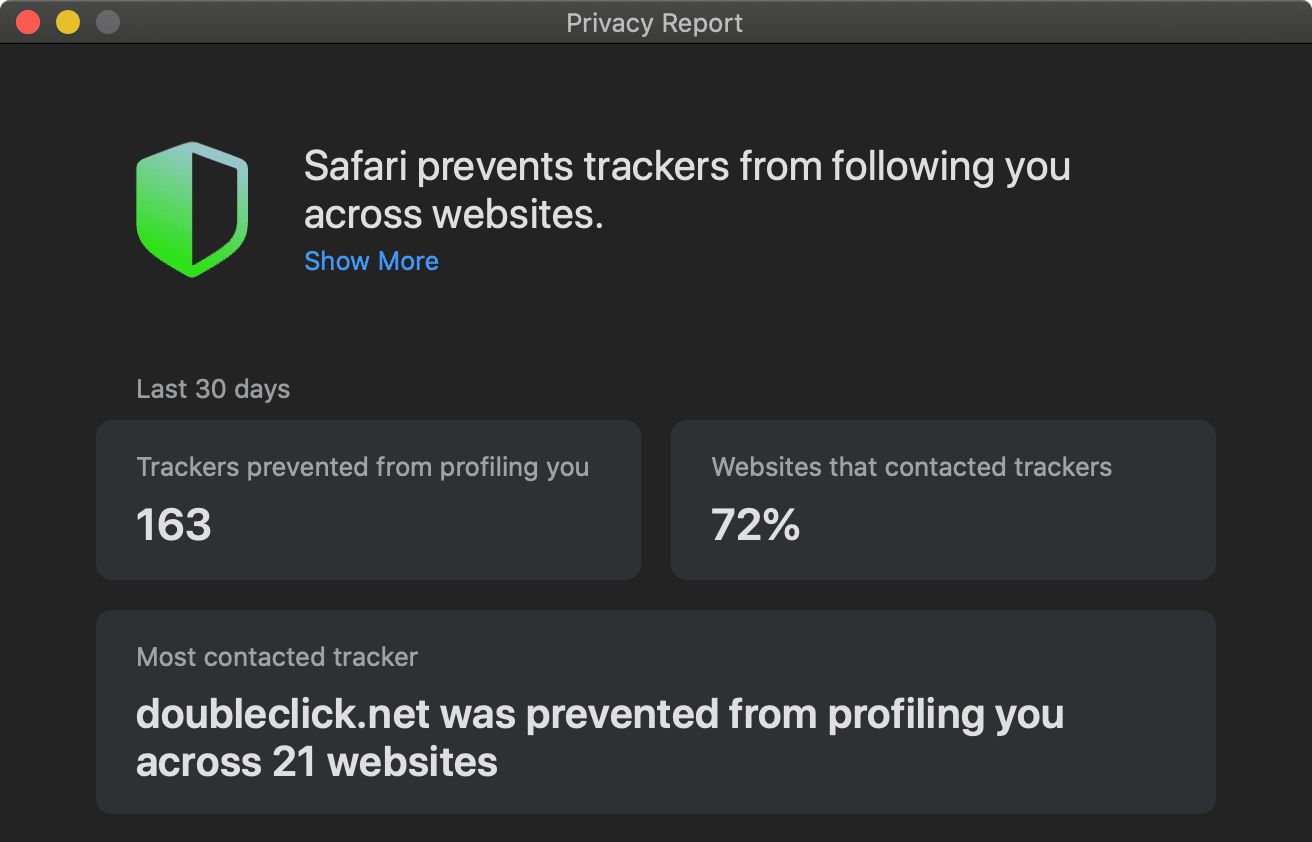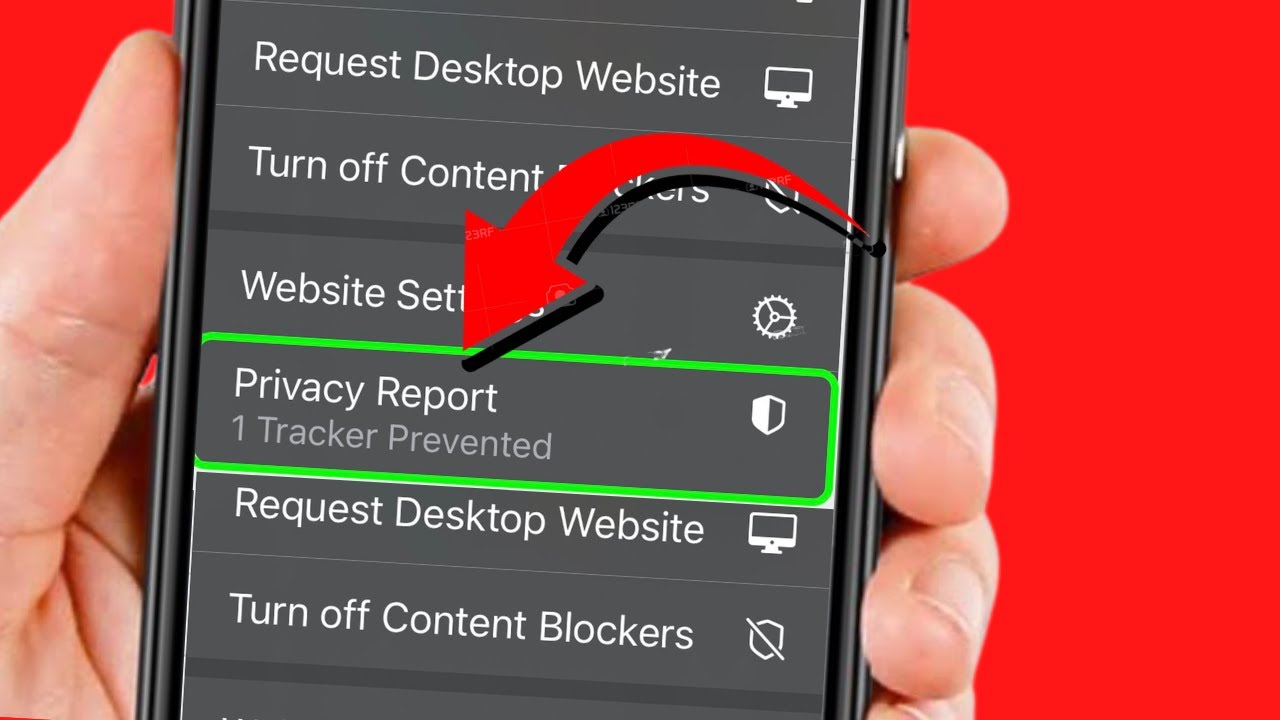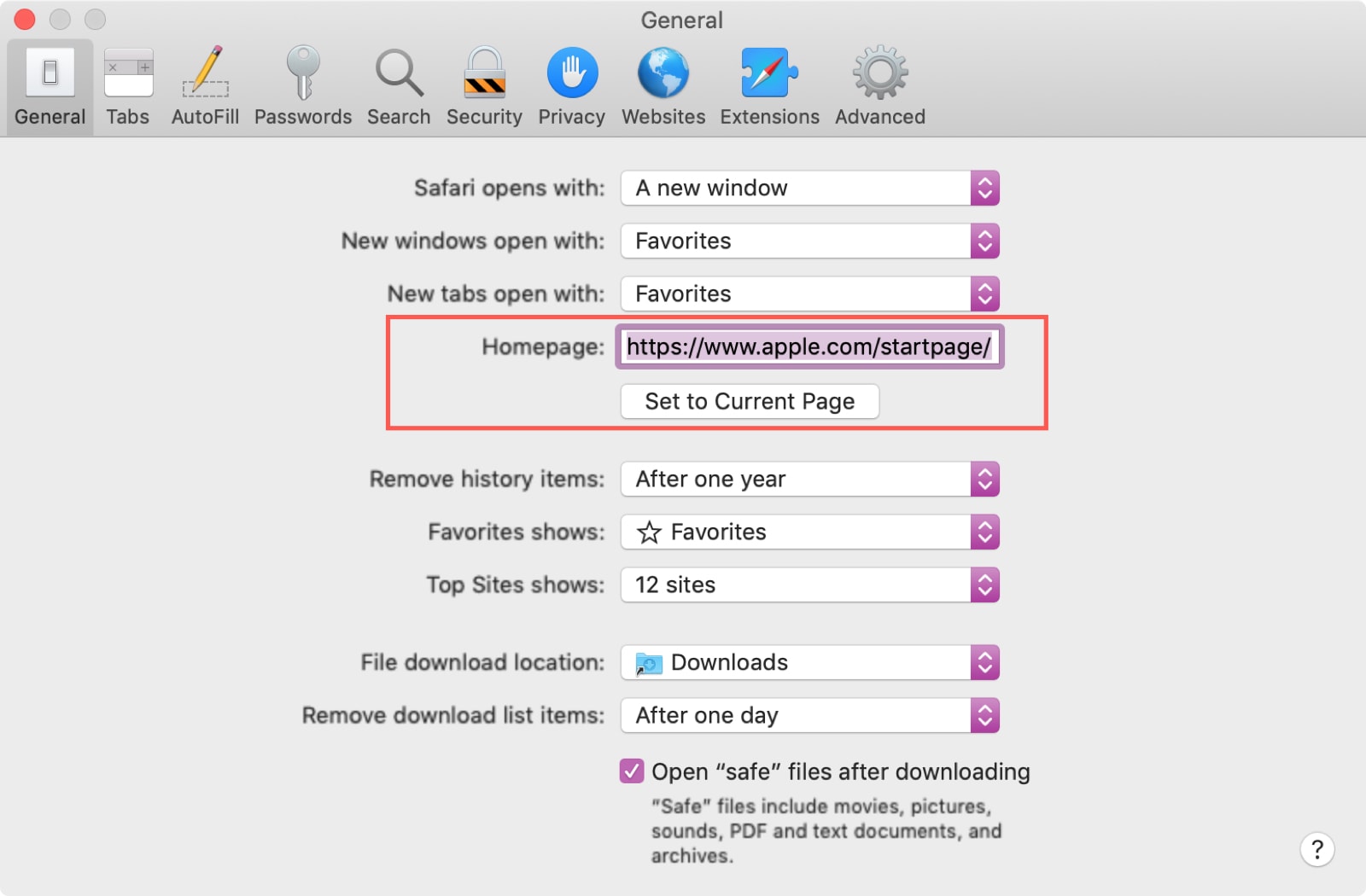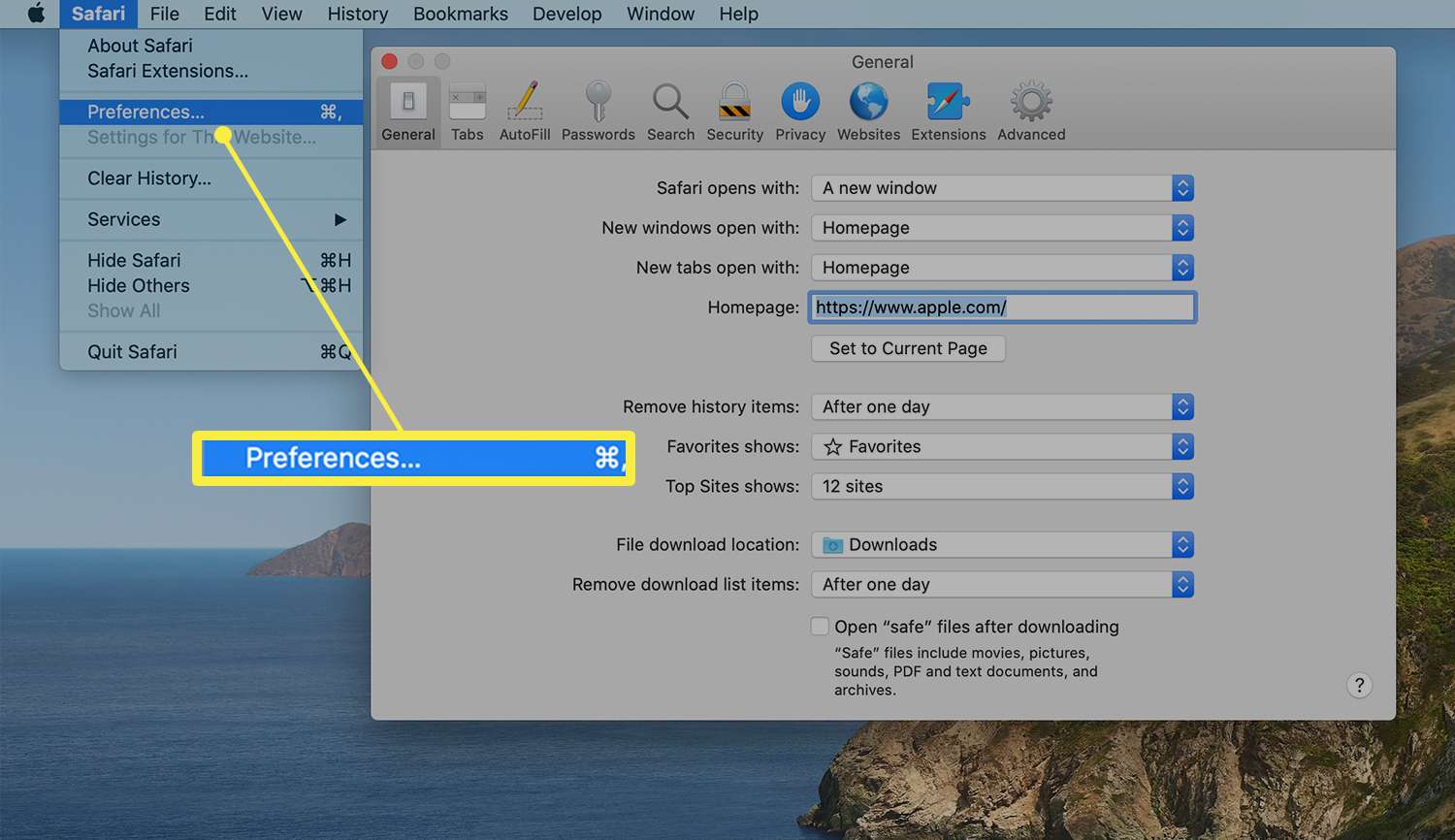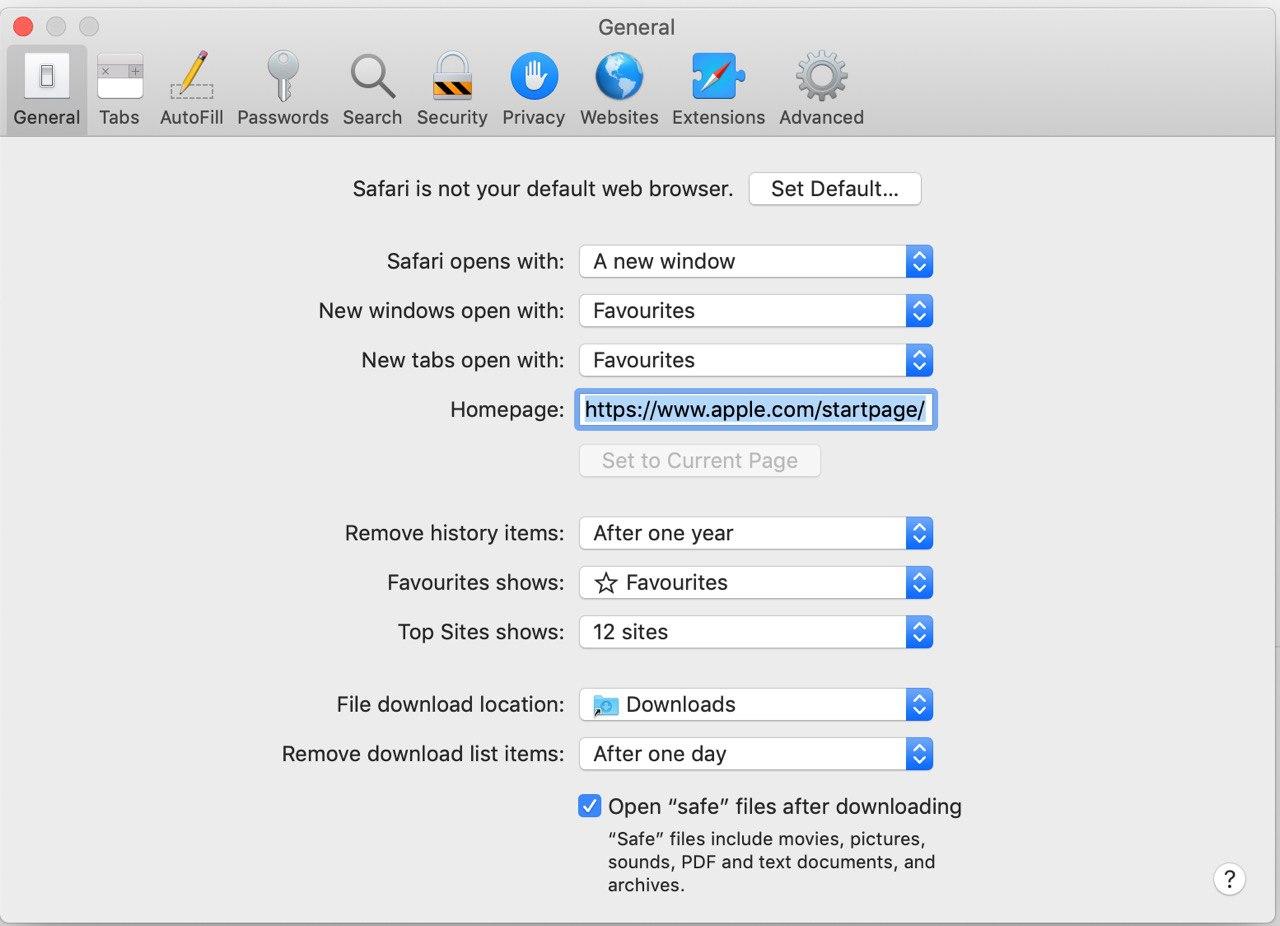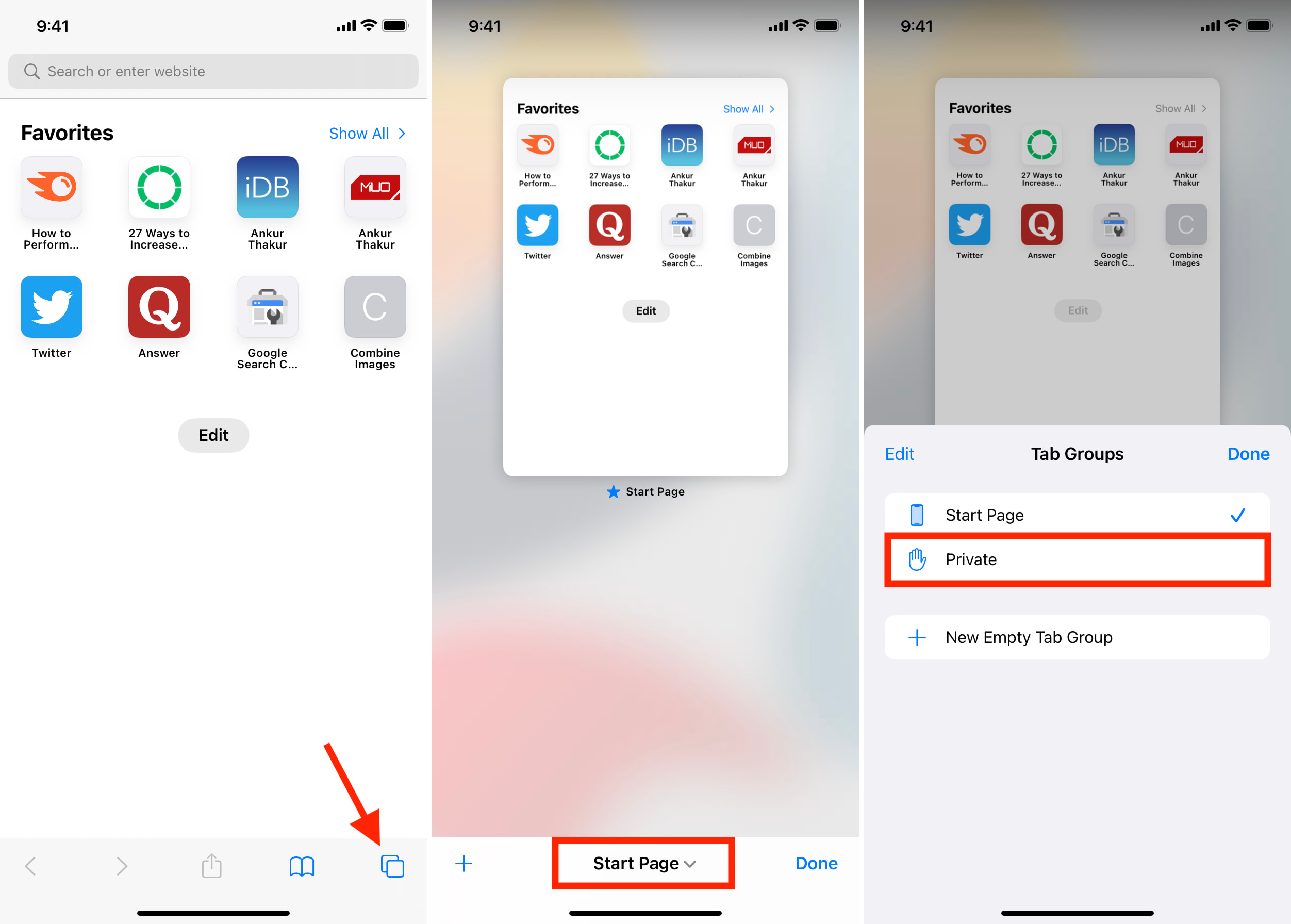Introduction
In today's digital age, privacy and security have become paramount concerns for internet users. With the increasing prevalence of online tracking and data collection, it's essential to have the tools and knowledge to protect personal information while browsing the web. One such tool is the Safari Privacy Report, a feature that empowers users to gain insights into the trackers and websites that may be compromising their privacy.
Safari, the default web browser for Apple devices, has long been recognized for its commitment to user privacy. The introduction of the Safari Privacy Report further solidifies its stance on safeguarding user data. This feature provides users with a comprehensive overview of the trackers that have been prevented from profiling their online activities, thereby offering transparency and control over their digital footprint.
Understanding the Safari Privacy Report is crucial for anyone seeking to take charge of their online privacy. By delving into the intricacies of this feature, users can gain valuable insights into the websites and entities attempting to track their online behavior. Armed with this knowledge, individuals can make informed decisions about their online activities and take proactive measures to protect their privacy.
In the following sections, we will explore the Safari Privacy Report in detail, including how to access it, interpret its findings, and leverage it to enhance privacy while browsing the web. By the end of this article, readers will have a comprehensive understanding of the Safari Privacy Report and the steps they can take to bolster their online privacy and security.
Understanding Safari Privacy Report
The Safari Privacy Report is a powerful tool designed to provide users with valuable insights into the trackers and websites that may compromise their online privacy. By leveraging this feature, users can gain a comprehensive understanding of the entities attempting to monitor their online activities, thereby empowering them to make informed decisions about their digital footprint.
At its core, the Safari Privacy Report offers a transparent view of the trackers that have been prevented from profiling a user's online behavior. This includes details about the number of trackers encountered and the specific websites where these trackers are active. By presenting this information in a clear and accessible manner, Safari enables users to grasp the extent of tracking attempts while browsing the web.
Furthermore, the Safari Privacy Report goes beyond merely highlighting the presence of trackers. It also provides insights into the impact of these trackers on user privacy. This includes details about the types of trackers encountered, such as those used for cross-site tracking or fingerprinting. By categorizing these trackers, the report equips users with a deeper understanding of the methods employed to monitor their online activities.
In addition to tracker details, the Safari Privacy Report also sheds light on the websites that have been prevented from accessing user data. This aspect of the report is particularly valuable, as it allows users to identify specific websites that may pose privacy risks. By knowing which websites are actively employing trackers, users can exercise caution when engaging with these platforms or consider alternative websites that prioritize user privacy.
Understanding the Safari Privacy Report is not only about comprehending the data presented but also about recognizing its implications for personal privacy. By gaining insights into the trackers and websites that are actively monitored, users can take proactive steps to mitigate privacy risks. This may involve adjusting browsing habits, utilizing privacy-focused browser extensions, or exploring alternative websites that prioritize user data protection.
In essence, the Safari Privacy Report serves as a window into the world of online tracking, offering users the knowledge and awareness needed to protect their privacy. By understanding the intricacies of this feature, individuals can navigate the digital landscape with confidence, knowing that they have the tools to safeguard their personal information from prying eyes.
How to Access Safari Privacy Report
Accessing the Safari Privacy Report is a straightforward process that empowers users to gain valuable insights into the trackers and websites that may compromise their online privacy. By following a few simple steps, users can unlock the wealth of information provided by this feature, allowing them to make informed decisions about their digital footprint.
To access the Safari Privacy Report, users can start by launching the Safari web browser on their Apple device. Once the browser is open, they can navigate to the address bar and enter the URL of a website they wish to visit. As the website loads, users can look for the shield icon located to the left of the address bar. This shield icon serves as the gateway to the Safari Privacy Report and indicates the presence of privacy protections while browsing the web.
Upon spotting the shield icon, users can click on it to reveal a dropdown menu. Within this menu, they will find the option to "Show Privacy Report." By selecting this option, users can instantly access the Safari Privacy Report, which provides a comprehensive overview of the trackers and websites encountered during their browsing session.
Once the Safari Privacy Report is accessed, users can explore the detailed insights it offers, including the number of trackers prevented from profiling their online behavior, the types of trackers encountered, and the specific websites where these trackers are active. This information equips users with a deeper understanding of the tracking attempts thwarted by Safari's privacy protections, empowering them to take control of their online privacy.
In addition to accessing the Safari Privacy Report during active browsing sessions, users can also review historical privacy reports for previously visited websites. This allows users to gain retrospective insights into the trackers and websites encountered during past browsing activities, further enhancing their awareness of online tracking attempts.
By understanding how to access the Safari Privacy Report, users can harness its capabilities to gain transparency into online tracking and make informed decisions about their digital privacy. This accessibility empowers individuals to take proactive measures to protect their personal information while navigating the digital landscape, ultimately fostering a safer and more privacy-conscious online experience.
Interpreting Safari Privacy Report
Interpreting the Safari Privacy Report is a crucial step in leveraging its insights to enhance online privacy. By delving into the details provided by this feature, users can gain a comprehensive understanding of the trackers and websites that may compromise their privacy while browsing the web. This interpretative process empowers individuals to make informed decisions about their online activities and take proactive measures to safeguard their personal information.
Upon accessing the Safari Privacy Report, users are presented with a wealth of information that requires careful interpretation. One key aspect to consider is the number of trackers prevented from profiling their online behavior. This metric offers valuable insight into the prevalence of tracking attempts encountered during a browsing session. By understanding the magnitude of thwarted trackers, users can gauge the extent of privacy protections provided by Safari and identify websites with high tracking activity.
Furthermore, the types of trackers encountered in the Safari Privacy Report provide essential context for interpreting its findings. Trackers may be categorized based on their functionality, such as those used for cross-site tracking or fingerprinting. By discerning the types of trackers active during browsing sessions, users can grasp the diverse methods employed to monitor their online activities. This knowledge enables individuals to recognize the varying privacy risks associated with different tracker types and adjust their browsing behavior accordingly.
In addition to tracker details, the Safari Privacy Report sheds light on the specific websites where trackers are active. This aspect of the report is instrumental in interpreting privacy risks associated with individual websites. By identifying the websites with active trackers, users can assess the potential privacy implications of engaging with these platforms. This insight empowers individuals to make informed decisions about website interactions and consider alternative platforms that prioritize user privacy.
Interpreting the Safari Privacy Report goes beyond understanding the presented data; it involves recognizing the implications for personal privacy and taking proactive steps to mitigate risks. By leveraging the insights provided by this feature, users can make informed choices about their online activities, such as adjusting privacy settings, utilizing privacy-enhancing browser extensions, or opting for websites with minimal tracking activity.
In essence, interpreting the Safari Privacy Report equips users with the knowledge and awareness needed to navigate the digital landscape while prioritizing their online privacy. By understanding and acting upon the insights gleaned from this feature, individuals can assert greater control over their digital footprint and foster a more secure and privacy-conscious browsing experience.
Using Safari Privacy Report to Enhance Privacy
The Safari Privacy Report serves as a powerful ally in the quest to bolster online privacy. By harnessing the insights provided by this feature, users can take proactive steps to enhance their digital privacy and security. Leveraging the Safari Privacy Report involves a strategic approach aimed at utilizing the information it offers to make informed decisions and fortify privacy measures.
One fundamental way to enhance privacy using the Safari Privacy Report is by gaining awareness of the trackers and websites attempting to monitor online activities. By regularly reviewing the report, users can identify patterns of tracking behavior and recognize websites with extensive tracking activity. This heightened awareness empowers individuals to exercise caution when engaging with such websites and consider alternative platforms that prioritize user privacy.
Furthermore, the Safari Privacy Report enables users to make informed choices about their online interactions. Armed with insights into the types of trackers encountered and the websites where these trackers are active, individuals can adjust their browsing habits to minimize exposure to privacy risks. This may involve utilizing privacy-focused browser extensions, adjusting privacy settings, or opting for websites with minimal tracking activity, thereby reducing the likelihood of personal data being exploited for targeted advertising or profiling.
In addition, the Safari Privacy Report facilitates the identification of websites that prioritize user privacy by preventing trackers from accessing user data. By recognizing and supporting websites that uphold strong privacy practices, users can contribute to a digital ecosystem that values and respects user privacy. This proactive stance not only enhances personal privacy but also encourages the broader adoption of privacy-centric practices across the web.
Moreover, the Safari Privacy Report empowers users to advocate for transparency and accountability in online tracking practices. By being informed about the prevalence of tracking attempts and the entities behind them, individuals can engage in discussions about privacy rights and advocate for stronger privacy regulations. This collective awareness and advocacy can drive positive changes in the digital landscape, fostering a culture that prioritizes user privacy and data protection.
In essence, using the Safari Privacy Report to enhance privacy involves leveraging its insights to make informed decisions, adjust browsing habits, support privacy-respecting websites, and advocate for broader privacy protections. By actively engaging with the information provided by this feature, users can fortify their online privacy and contribute to a more privacy-conscious digital environment.
Conclusion
In conclusion, the Safari Privacy Report stands as a beacon of transparency and empowerment in the realm of online privacy. By offering users a window into the world of online tracking and data collection, this feature equips individuals with the knowledge and awareness needed to safeguard their personal information while browsing the web.
The insights provided by the Safari Privacy Report go beyond mere data points; they represent a call to action for users to take charge of their digital privacy. By understanding the prevalence of tracking attempts, the types of trackers encountered, and the websites with active tracking, individuals can make informed decisions about their online interactions and fortify their privacy measures.
Furthermore, the Safari Privacy Report serves as a catalyst for broader discussions about privacy rights and the need for enhanced data protection measures. By raising awareness about online tracking practices and the implications for personal privacy, this feature encourages users to advocate for transparency and accountability in the digital landscape.
Ultimately, the Safari Privacy Report empowers individuals to navigate the online world with confidence, knowing that they have the tools and insights to protect their privacy. By leveraging the information provided by this feature, users can contribute to a digital ecosystem that values and respects user privacy, fostering a safer and more privacy-conscious online experience for all.
In essence, the Safari Privacy Report represents a pivotal step towards a more transparent and privacy-centric digital future. By embracing the insights it offers and taking proactive measures to enhance privacy, individuals can assert greater control over their digital footprint and contribute to a digital environment that prioritizes user privacy and data protection.







